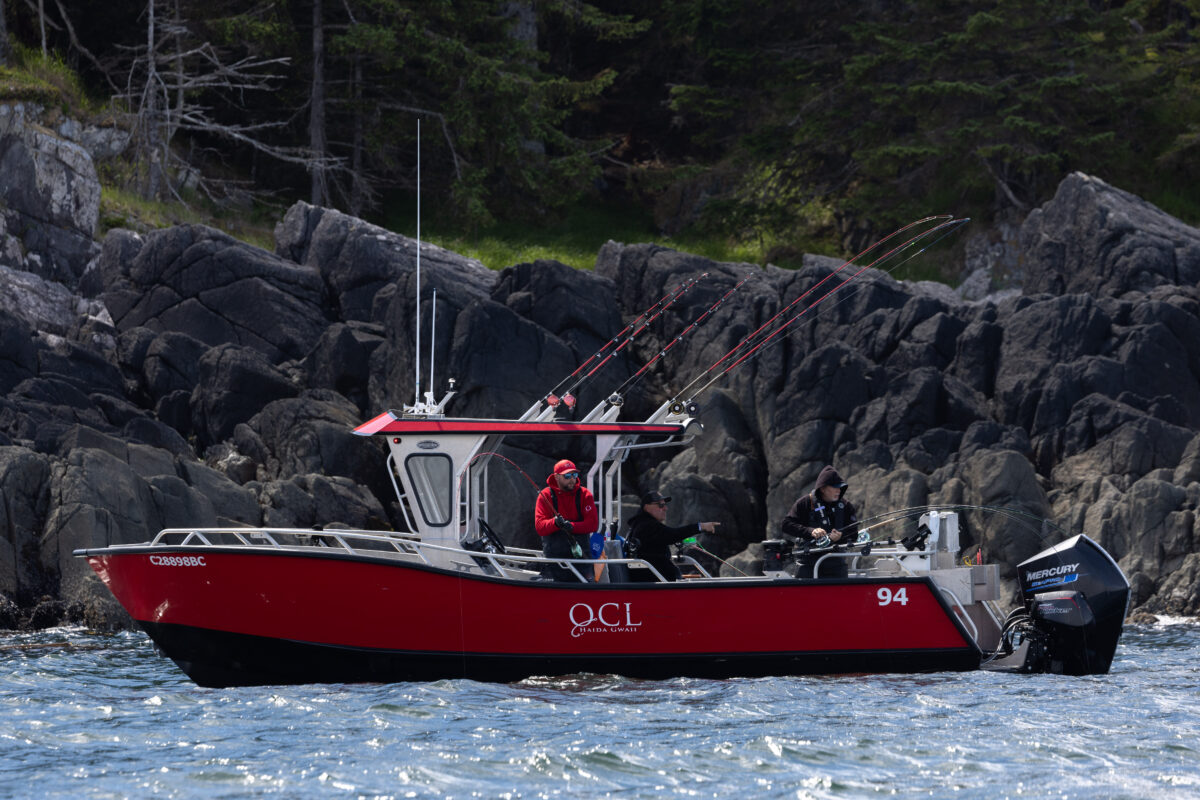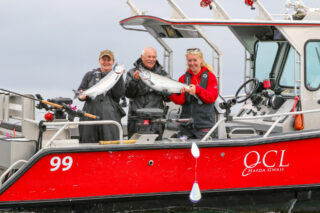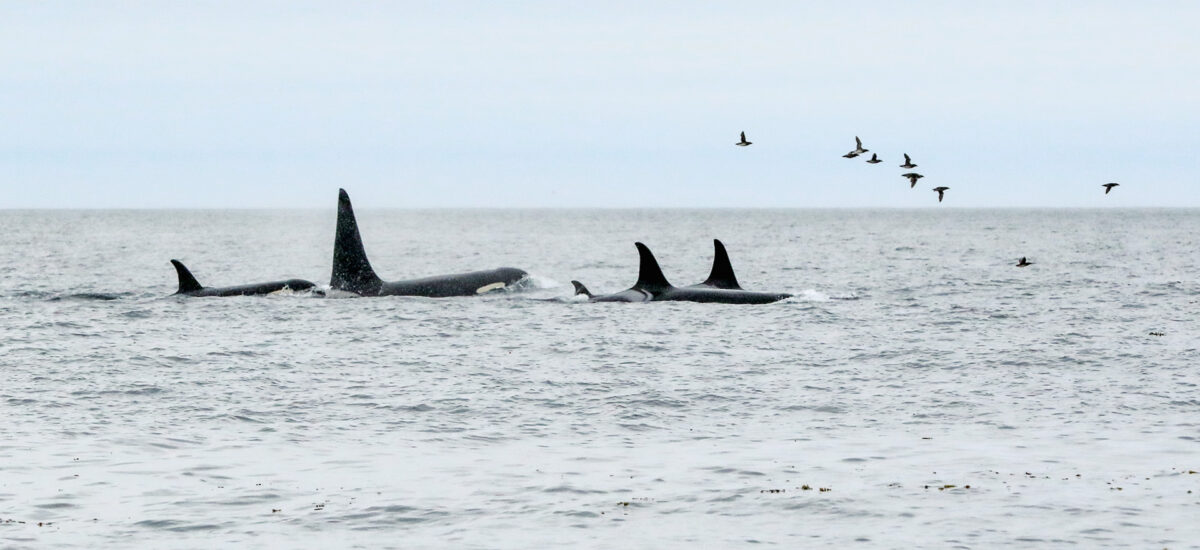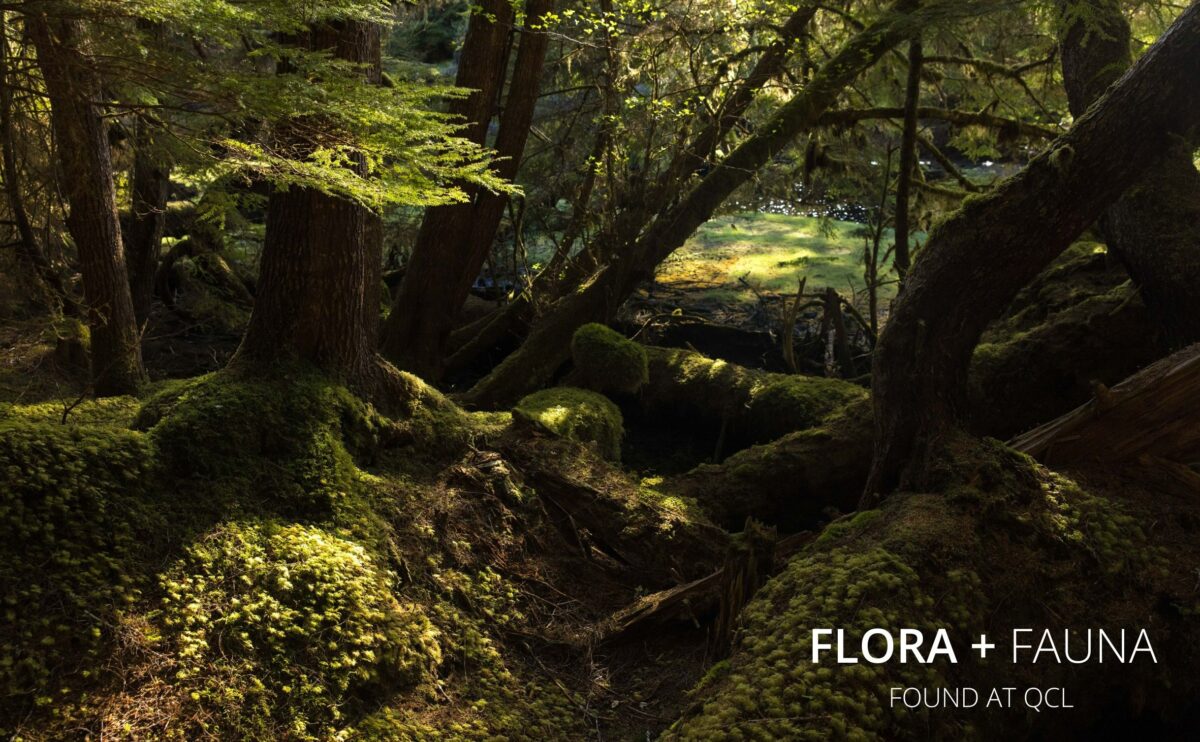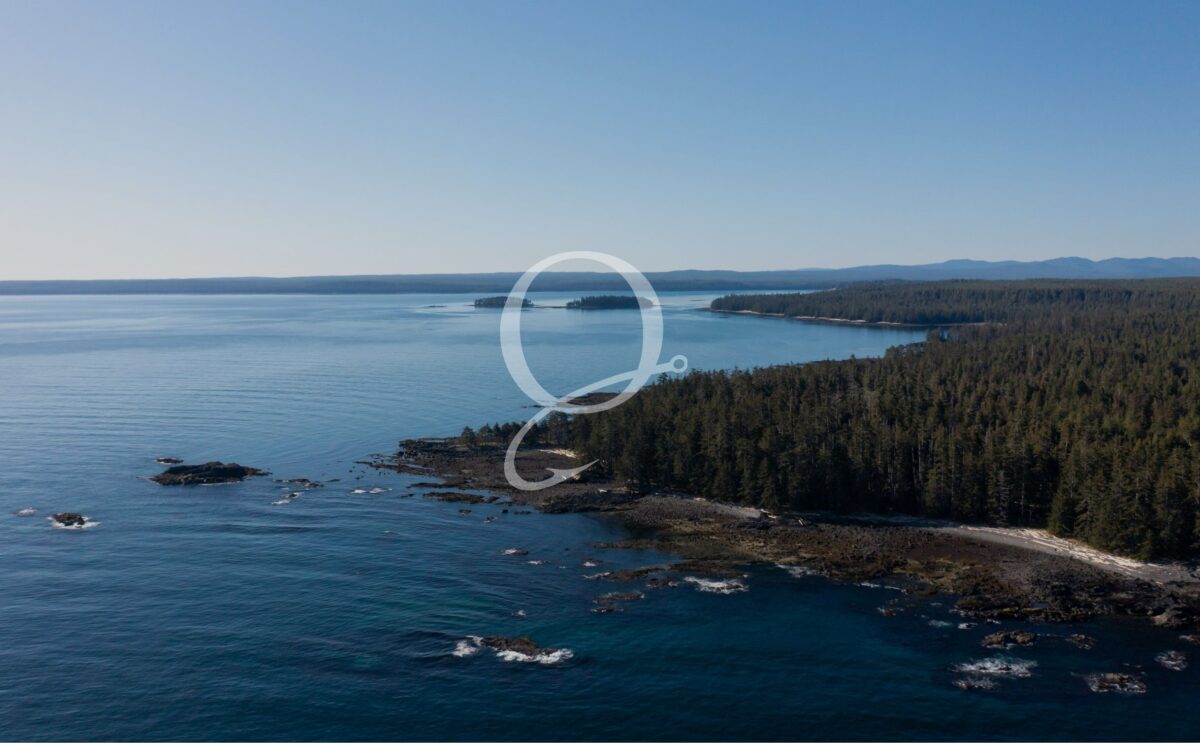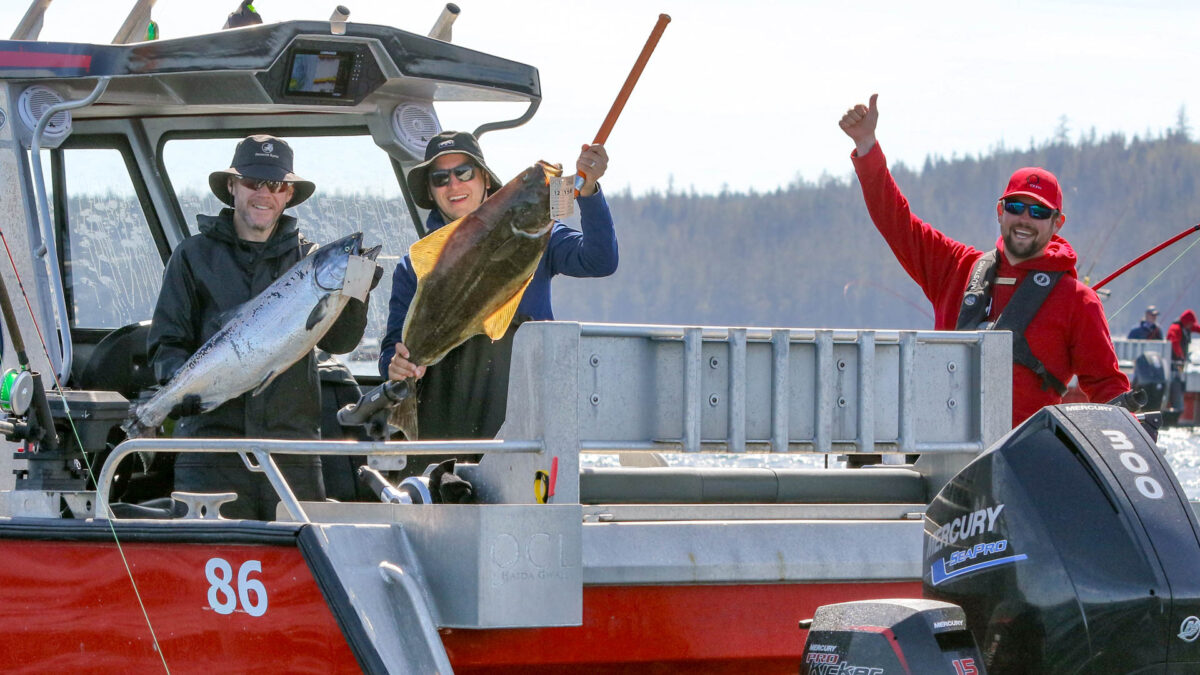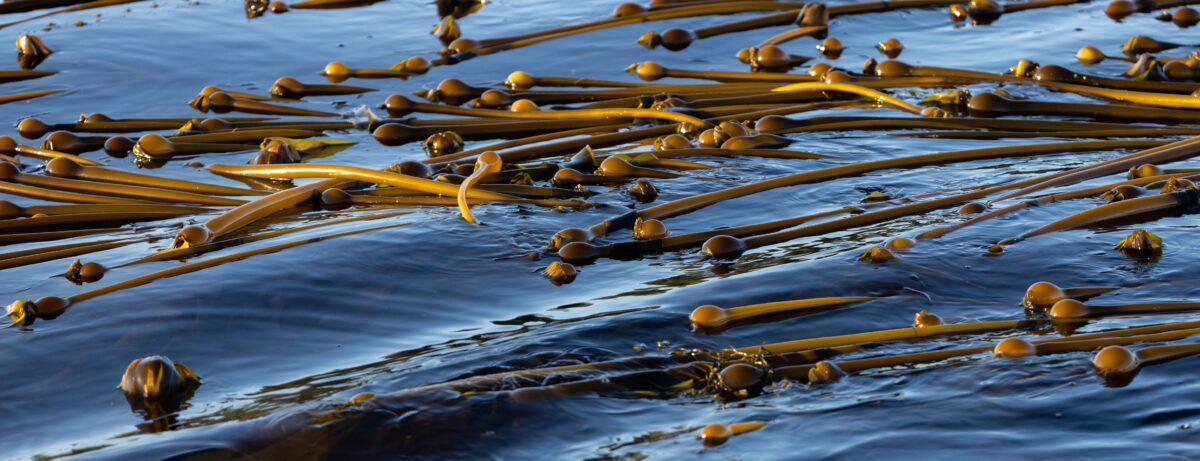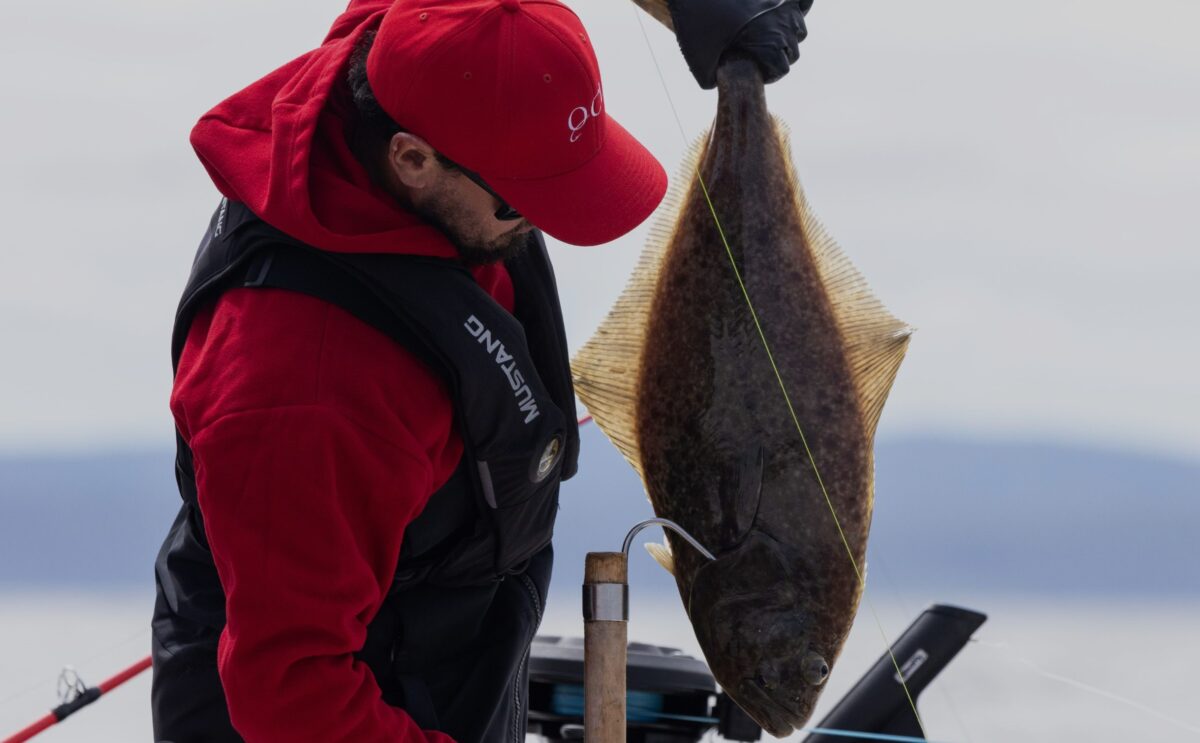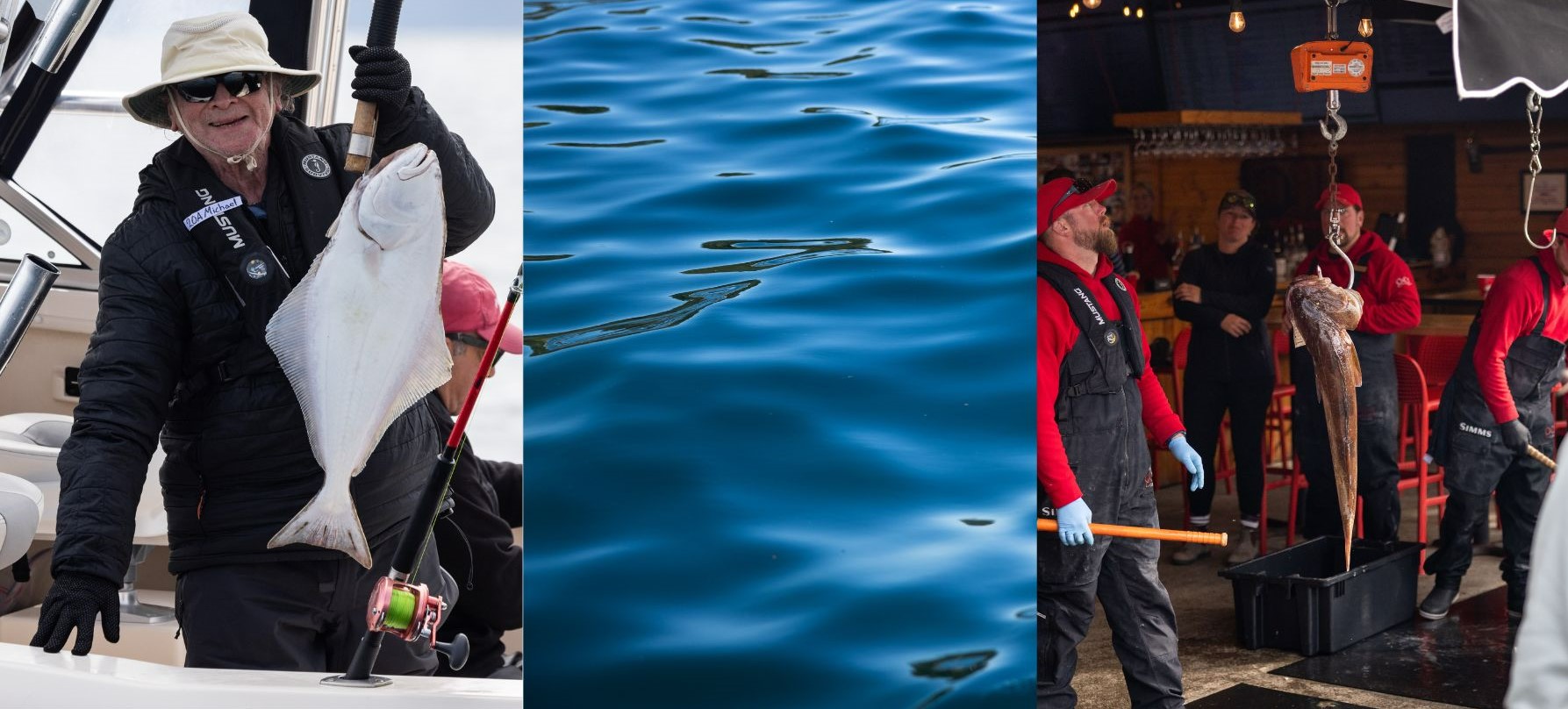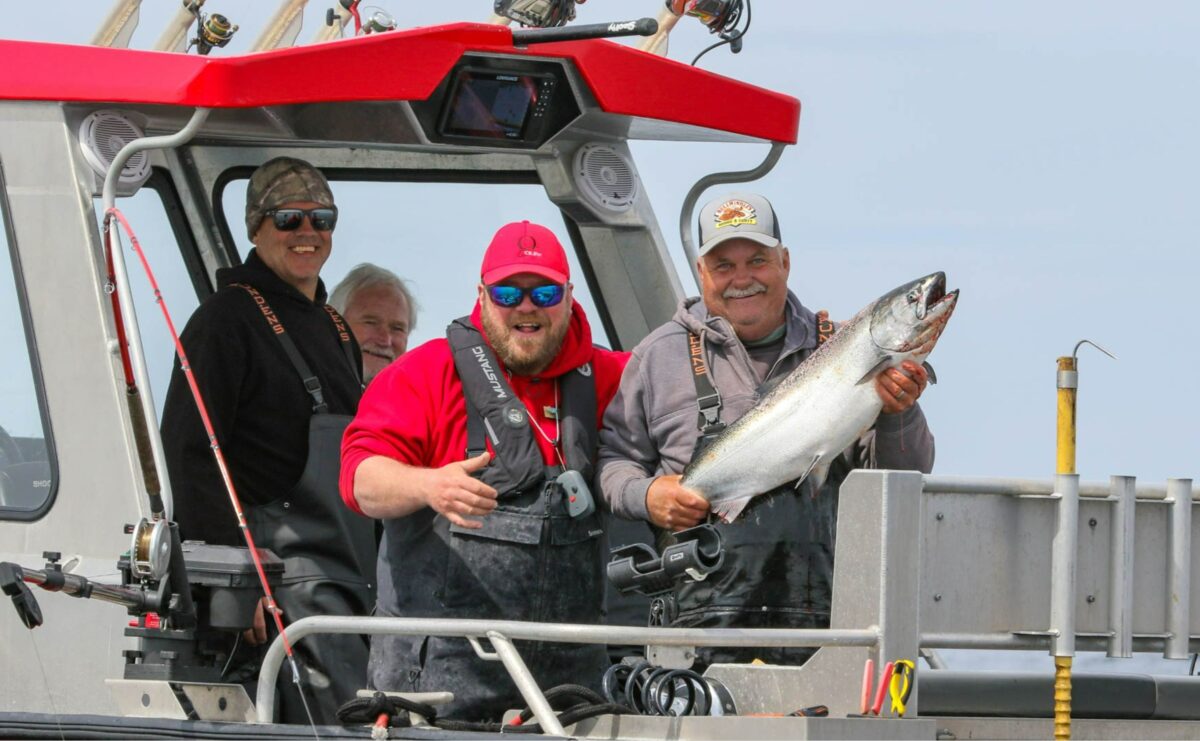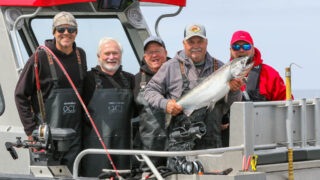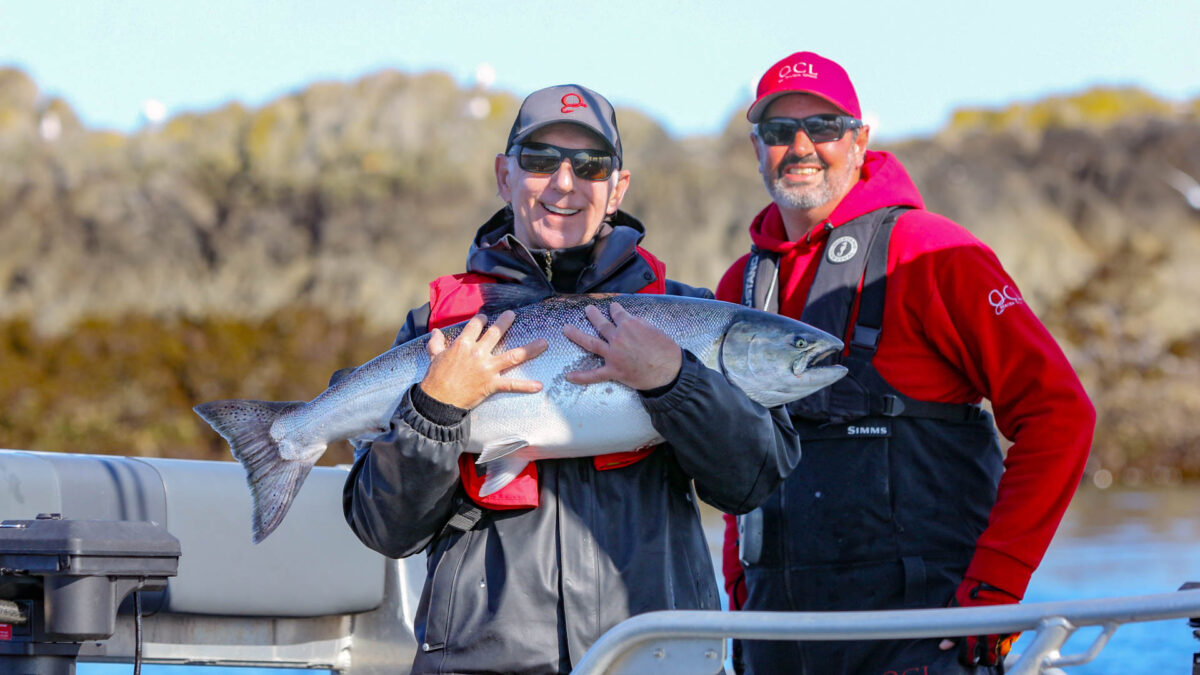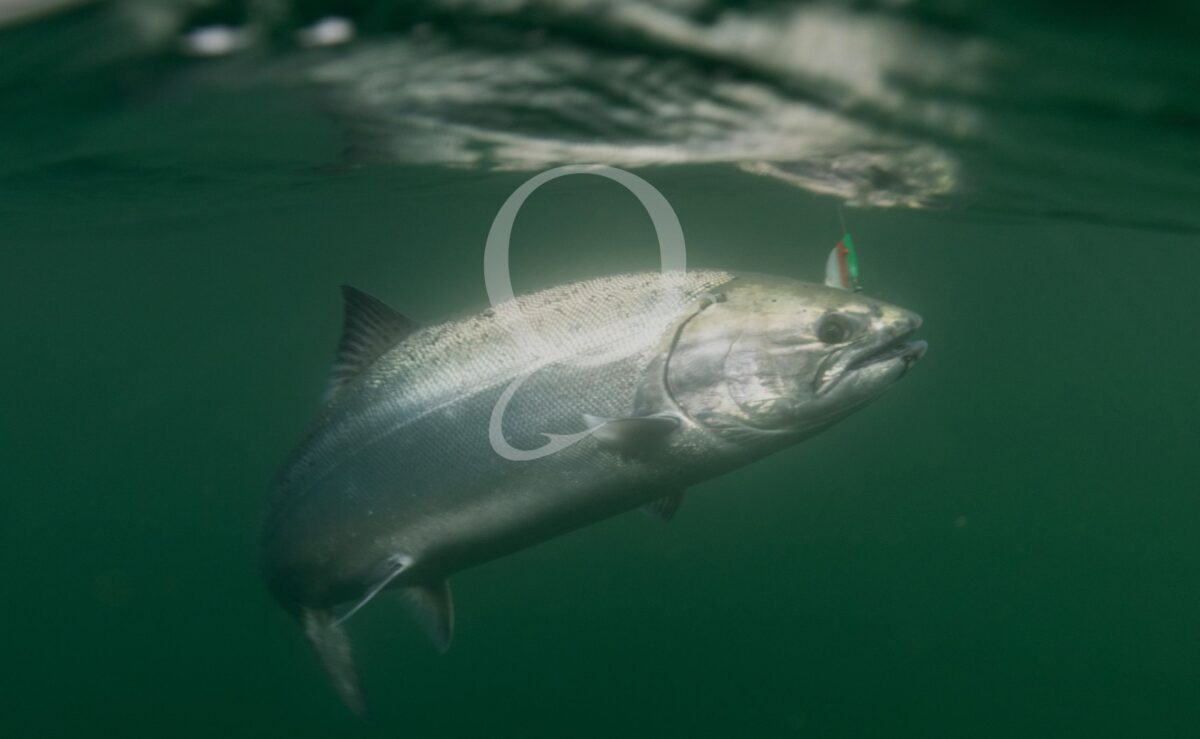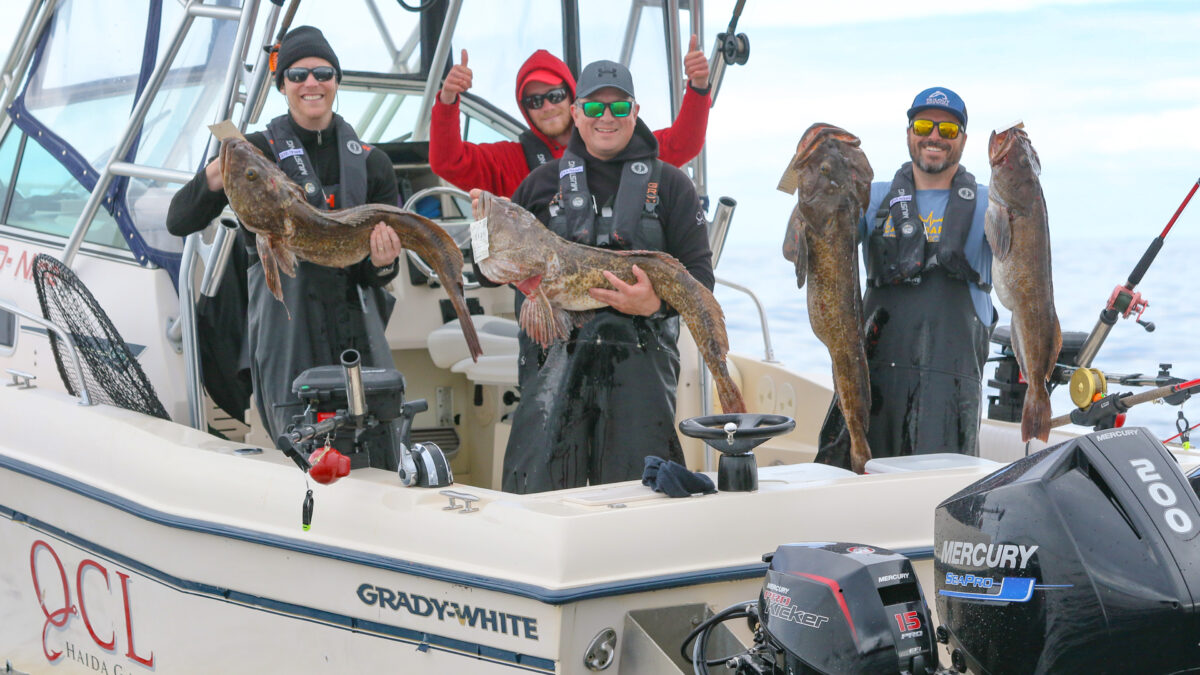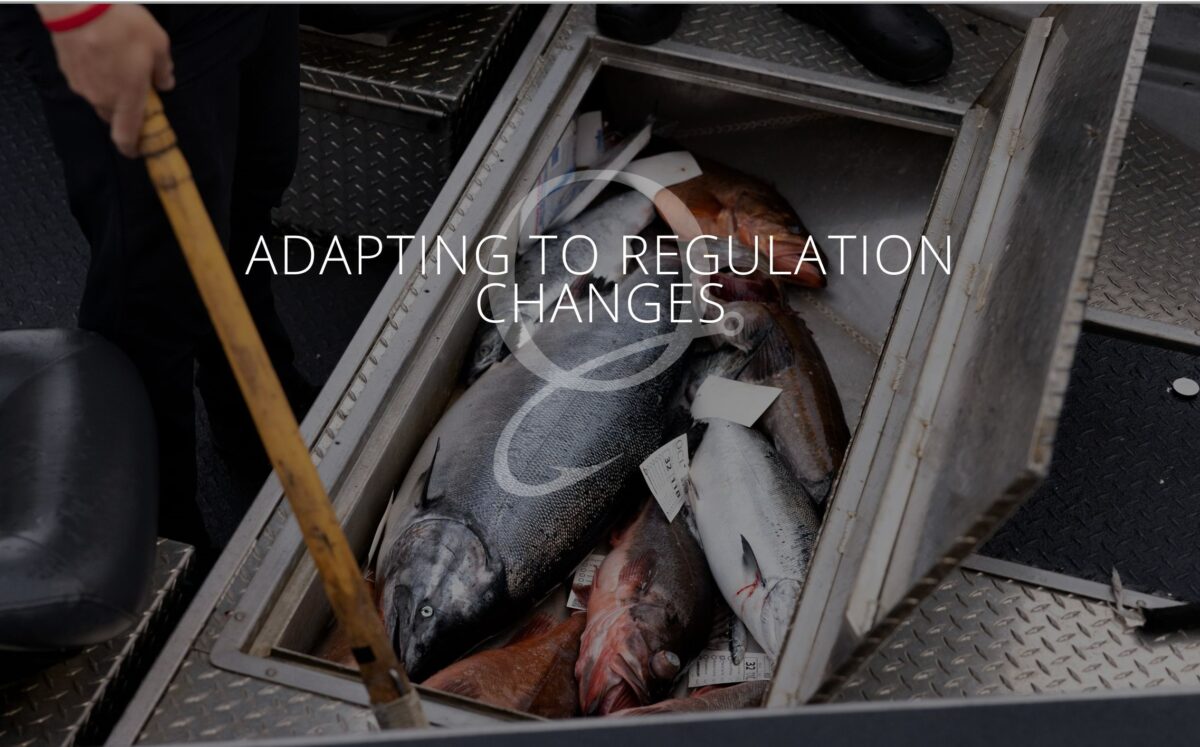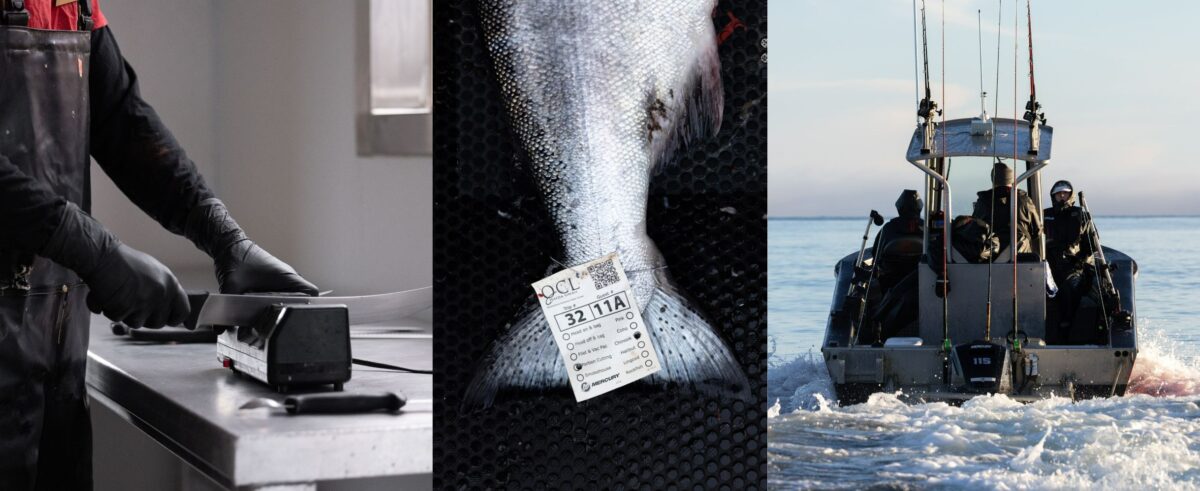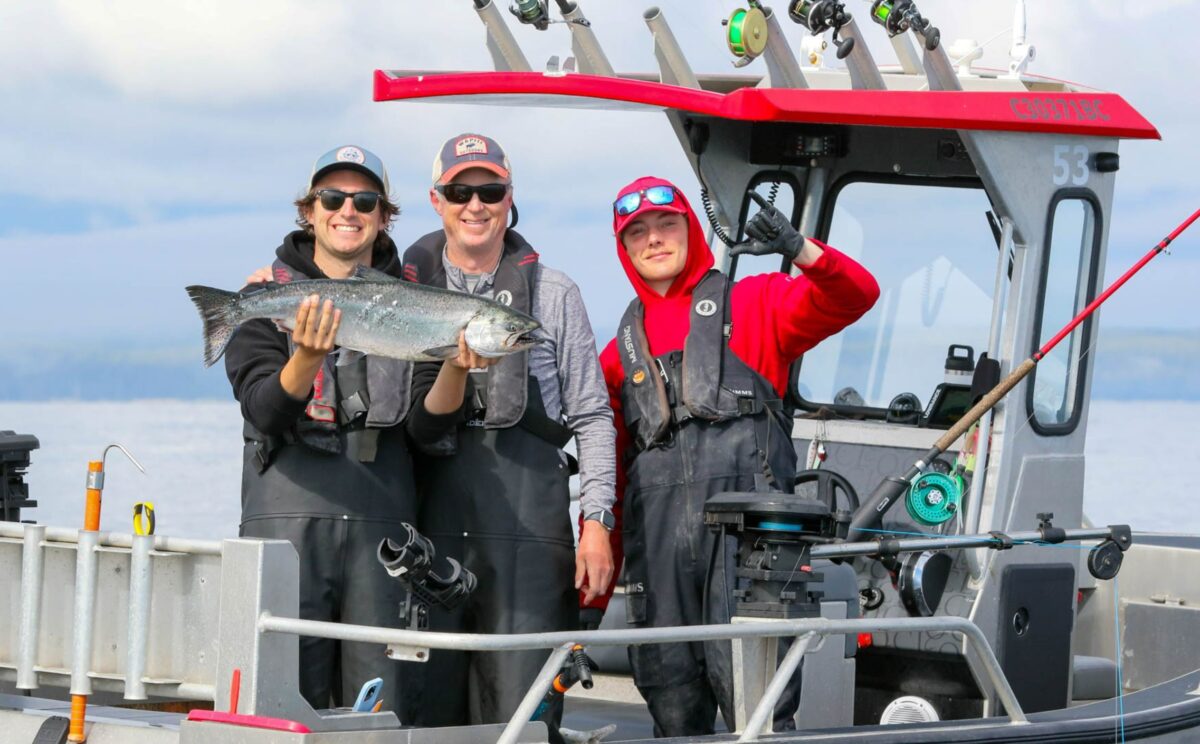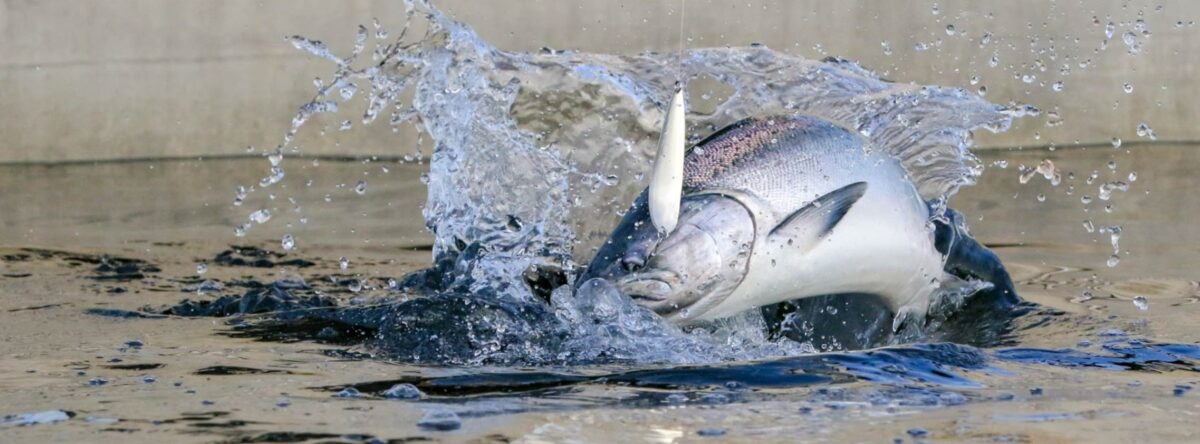Ah yes… it’s August! Later starts, but still long days on the water; the warm summer weather has us in t-shirts as much as in fleece. Some morning fog is typical, adding lots of atmosphere, as boats quietly tack around the fishing points; the sounds of voices seem amplified when you can’t see the speaker. Commonly, a feeding Humpback will pop up in the middle of it all, blowing a breath that smells slightly fishy, yet strangely sweet. These are memories that stick with you.
These days we’re spending as much time offshore as we are in along the kelp beds. Large schools of migrating Coho salmon are gorging on needlefish as they move in from the open sea on their way to the rivers. We’re finding them just away from the shoreline in water depths of 120 to 250 feet and are catching them consistently from the surface down to 90-feet or more. Spoons and hoochies, trolled with the help of flashers, are extremely effective on these fish and anglers can put a few in the box in short order. The 5-6 pounders we were seeing inshore in June are now 8-12 pounds and growing every day. There’s lots of excitement in the boats while these Coho are around!
Larger Chinooks, on their way to a river somewhere, tend to move inshore to lurk among the kelp and rocks. It seems the early bird anglers enjoy the best success with these, working their favourite points and bays around Parker, Naden and Klashwun on the turn of the first tide. Cape Naden is an especially popular hangout, for both salmon and anglers, though for obviously different reasons. As the tide flows around this particular head of shoreline, the currents create conditions perfect for hungry salmon to get out and feed on the swirling schools of baitfish.
QCL guests are getting those perfect-sized Chinooks in the 16 to 26 pound class these days, finding them either inshore along the structure or offshore down deeper. Lots of Coho out there ensure anglers are never bored while searching for the fish they want! Fortunately, our halibut and lingcod fishery is very reliable so pulling up a couple of “white” fish is always part of the plan. We can retain the halibut possession limit in a single day now, so that makes it easy to get the job done on a single visit offshore.
Fishmaster, Duane Foerter

